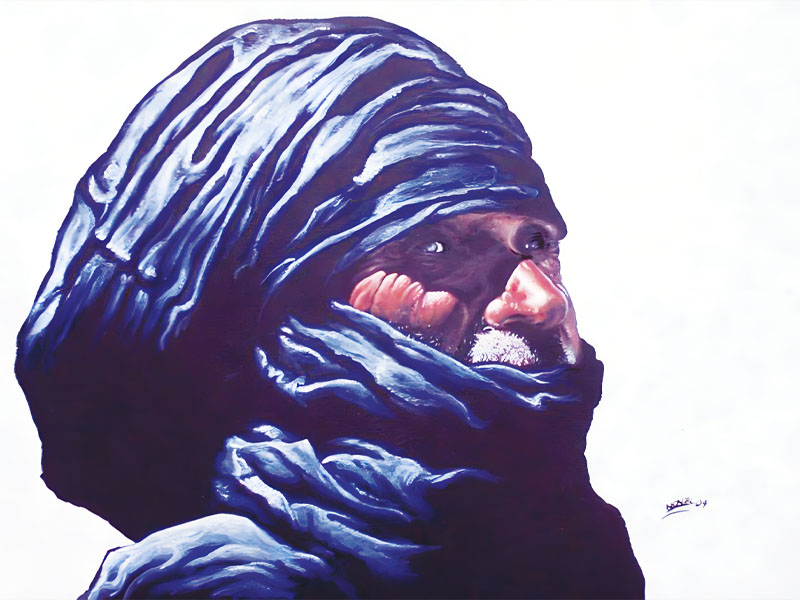The Tuareg veil: An anthropological and sociological study
Issue 41

By Yusuf bin Musa, Tunisia
Clothing reflects the social, religious and moral rules that regulate the system of roles in a society. A nation’s clothing merits comprehensive study using multiple scholarly approaches.
The study of clothing from an anthropological perspective can reveal facts about the historical origin of beliefs, ideas, forms of social development, and aspects of culture. The Tuareg community is a traditional society with an inflexible hierarchy of classes. Some Tuareg come from noble tribes, others from slave tribes, and there are also workers. They are primarily semi-nomadic, and their economy is based on grazing, invading other tribes, hunting, and trade. The Tuareg’s is a semi-matriarchal society in which women enjoy a special status, unlike women in other Muslim societies.
Our decision to study the phenomenon of the Tuareg veil stems from its uniqueness. In other Muslim societies, men travel barefaced and woman wear veils; Tuareg men cover their faces but Tuareg women do not.
The veil is unique to the Tuareg. We know little about their history; the oldest historical references to them may be those in Yacoubi’s books. The veil has always been a symbol for the Tuareg; although many of their customs have changed, the veil remains a strong, official symbol. They attend international meetings wearing blue or white veils, sometimes wearing the veils under rather than over their noses.


































































